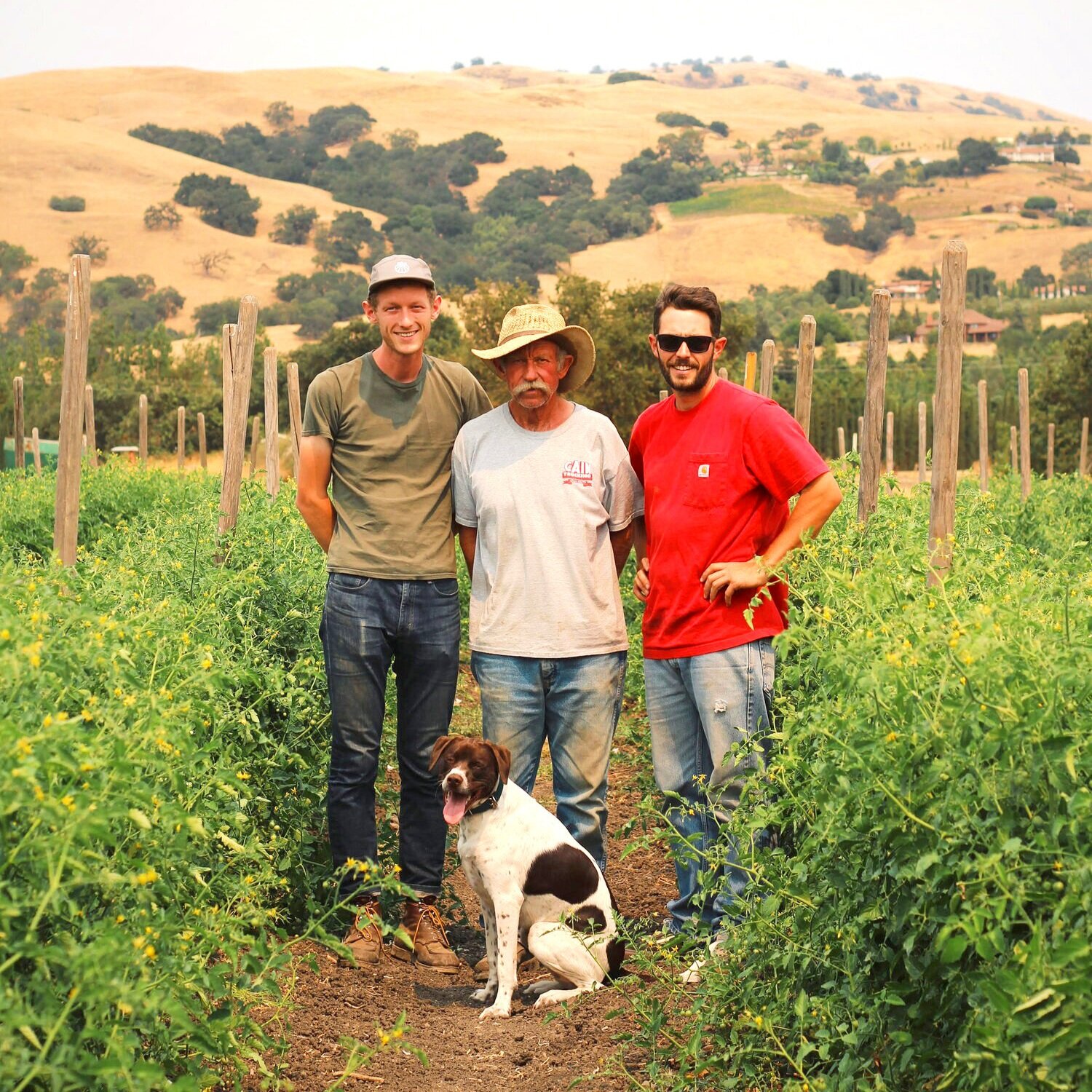The Importance of Local Food Systems
“In these turbulent times, we need to make our food supply systems more resilient. Producing and distributing food on the local level could help us weather disruptions of all kinds”
The complex, globalized system from which we get our food is a technical and logistical marvel. Consider the lettuce on your plate. It has probably seen more of the world than you have: 1,500 miles, on average. This globalized system delivers unprecedented quantities of food at historically low prices, while being dependent on fossil fuels, low labor costs, and unsustainable agricultural practices.
Local food is an important component to the health and sustainability of our communities. With more people seeking out fresh produce, local options are being influenced by individual purchasing habits across the United States. In recent years, with the proliferation of farmers’ markets, community-supported agriculture, and farm-to-table restaurants, the support of local food systems is growing. Nationwide, new farmers market locations have increased from 2,000 in 1994 to 8,600 in 2019.
What is a local food system?
From Left to Right: Sam, Mike, and Nick Thorp
As the term “local” varies, there isn’t one quantifiable way to express from how far away your food is coming. It could mean that food comes from farmers you know and can talk to through your local farmers market or CSA program. It could also mean food grown in your state or region. Whichever definition you choose, knowing where your food comes from and the farming practices of the farmers that grow and produce it are important factors in choosing the best way to source food.
Local farmers typically focus on soil health, crop rotation, and cover crops. Organic farmers do not use pesticides or herbicides, but instead keep a healthy ecosystem of beneficial insects such as ladybugs, preying mantis, and bees to help their crops flourish. Local, smaller farm farmers are committed to using sustainable practices to benefit both land and community, as compared to conventional, large-scale agriculture.
"It is important for us to invest in the land by focusing on organic practices that will benefit us for decades to come." -Farmer Sam, Spade & Plow Organics
Why is it important to purchase local foods?
Local foods retain more nutritional value.
Fruits and vegetables begin to lose their nutrients within 24 hours of being picked. Since local food does not travel long distances, it is ripened naturally. While foods that travels long distance are often picked before their peak ripeness, they contain less nutrients because they are underdeveloped. Local foods retain more nutrients because they have been picked at the peak of ripeness, or when their pigments have fully developed. A study conducted by Montclair State University compared the vitamin C content of broccoli grown locally with broccoli that had been imported. They found that the imported broccoli contained half the vitamin C.
Better for the Environment
By eating locally grown food, CO2 emissions are reduced by decreasing food miles-the distance your food travels. According to Rich Pirog, researcher at Leopold Center for Sustainable Agriculture at Iowa State University, the average piece of produce in the U.S. travels 1,500 miles. In comparison, local food may only travel 100 miles or less.
We can also make positive impacts to open space by eating locally grown foods. When farmers can accomplish a healthy equilibrium of supply and demand, they are less likely to sell their land to developers. Similarly, with growing demand, many young farmers are getting creative in their efforts to turn more urban spaces into organic oases.
Seed Diversity
Small, organic farmers often grow a larger variety of heirloom fruits and vegetables to appeal to a diverse market. You are more likely to experience seed diversity because they are pivotal in creating a more sustainable and resilient local food system. Seeds embody centuries of knowledge in conservation, cultivation, and guiding worthwhile expression. By supporting seed diversity, we set aside our worries about seed scarcity as they continue to be passed down from generation to generation.
Support your local economy
Fundamentally speaking, when you buy locally, more money stays in the community. In recent economical studies, researchers and organization explore how keeping the flow of money in a region generates positive economical impacts in the community. In a study comparing what happened when vegetables were purchased at a supermarket vs. a local farmers’ market or CSA program, it was concluded that twice the money stayed in the community when folks bought locally. A nudge in the right direction when speaking of local economic viability.
Local food creates Community & Connection
Local food systems play a vital role in building community connections. Growing, processing and distributing food locally creates and sustains community-based jobs. Farmers markets, CSA programs, and other food co-ops not only help ensure money remains in community circulation, but also creates more vibrant communities. Strong communities have always found creative ways to connect through food. Preserving community values around food is important, and keeping the history of food in the community requires innovated efforts in a fast-paced society.
"It is important for us to provide an agricultural system that restores the heritage of Santa Clara County: The Valley of Heart's Delight." -Farmer Sam, Spade & Plow Organics
Santa Clara Valley
Santa Clara Valley’s agricultural origins date back to the 1700s, at the same time the Missions of Santa Clara and San Jose were established. The Missions were surrounded by orchards of fruit trees. The fertility of the soil complimented with a peculiar climate enabled trees to grow more weeks in the year than any other country. Approximately at its peak, around 1919, Santa Clara Valley was comprised close to 100,00 acres of fruit trees, 3,000 acres in vines, farmland cultivated with vegetables and berries covered 86,000 acres. With rolling hills of fragrant and colorful landscapes, Santa Clara received its charming name “Valley of Heart’s Delight.”




